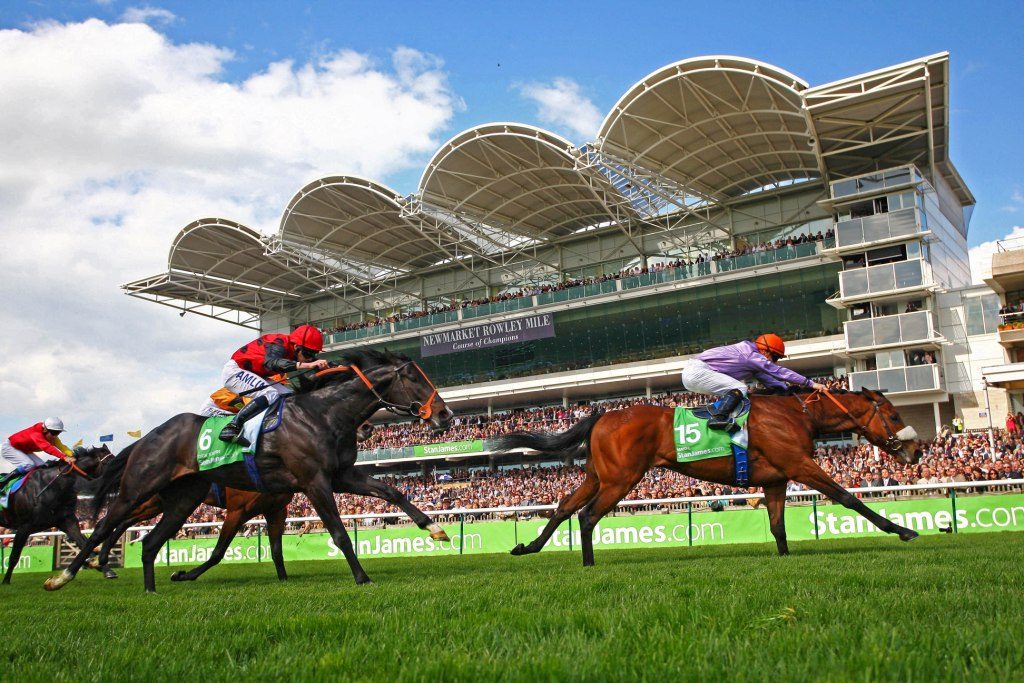Horse racing has long been one of the most popular sports for betting enthusiasts worldwide. Whether you’re a seasoned bettor or just starting out, understanding how horse racing betting sites calculate their odds can give you a better insight into the betting process and improve your wagering strategy. In this article, we’ll explore the key methods and factors that these sites use to set odds and what that means for you as a bettor.
The Basics of Horse Racing Odds
Odds in horse racing represent the probability of a particular horse winning a race, expressed in a format that also determines the payout if that horse wins. For example, odds of 5/1 mean that for every 1 unit you bet, you will win 5 units if your chosen horse comes first.
The primary goal for betting sites is to balance the odds to reflect the true chances of each horse winning while ensuring the bookmaker makes a profit. This is where the calculation of odds becomes both an art and a science.
Factors Influencing Odds Calculation
When discussing how horse racing betting sites calculate their odds, it’s essential to consider the various factors involved:
1. Horse Performance and Statistics
Bookmakers analyze historical data such as past race results, the horse’s speed, stamina, and consistency. Horses with better records generally have lower odds, indicating a higher chance of winning.
2. Jockey and Trainer Impact
The reputation and recent form of the jockey and trainer can significantly affect odds. A successful jockey or trainer increases a horse’s winning potential, thus influencing the odds.
3. Track Conditions and Race Distance
Certain horses perform better on specific track types or under certain weather conditions. Similarly, the race distance can favor some horses over others. Betting sites factor in these conditions when setting odds.
4. Betting Market Activity
Odds are not fixed and fluctuate based on how bettors are wagering. If a large amount of money is placed on one horse, bookmakers may shorten the odds to limit potential losses, a process known as “book balancing.”
The Role of Probability and Margin
At the core of how horse racing betting sites calculate their odds is probability. Bookmakers assign probabilities to each horse’s chance of winning and convert these probabilities into odds. However, they also build in a margin, called the “overround,” which ensures the bookmaker’s profit regardless of the race outcome.
For example, if the combined implied probabilities of all horses exceed 100%, the excess percentage represents the bookmaker’s margin.
Conclusion
Understanding how horse racing betting sites calculate their odds can help bettors make more informed decisions and recognize when odds offer genuine value. These calculations are a blend of detailed statistical analysis, market dynamics, and bookmaker strategy, designed to reflect race outcomes as accurately as possible while protecting the bookmaker’s interests.


